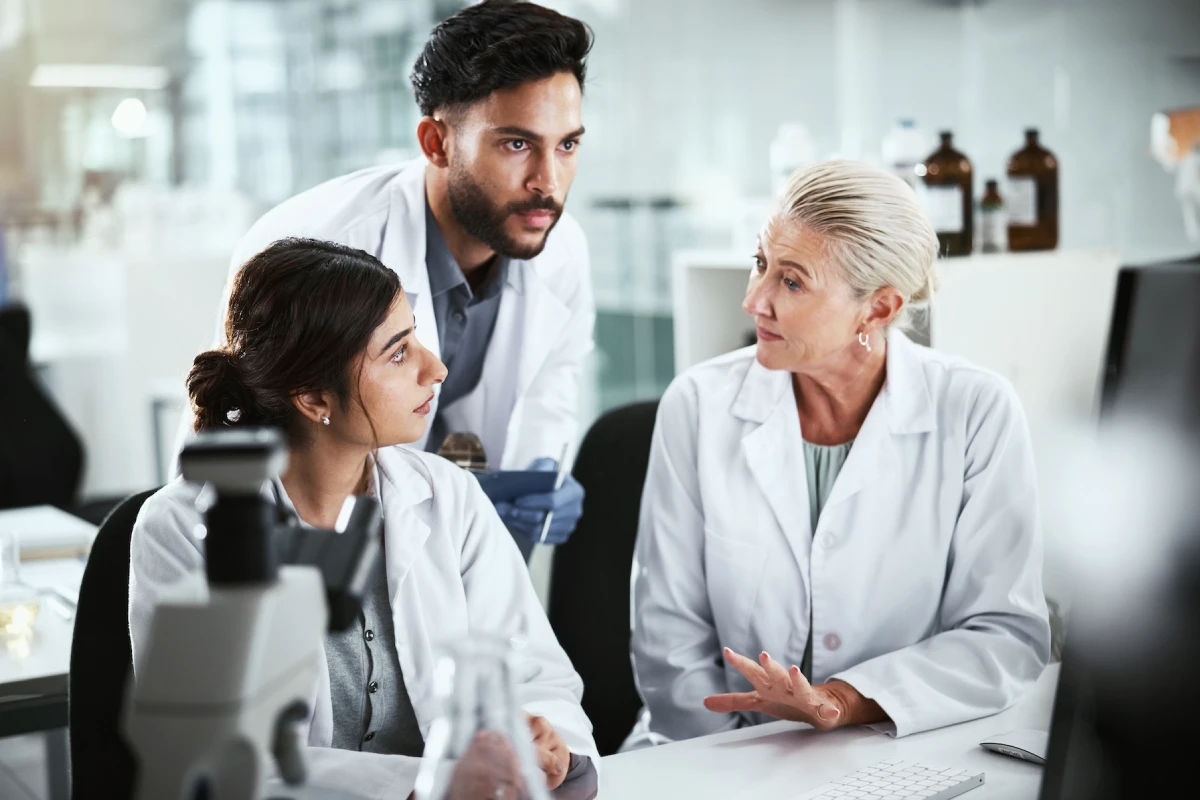Catch up with the latest Palladium Global Science Award seminar
Published on 10 July 2025
Our webinar on Bright Ideas, Brilliant Metal: How Palladium Shines Across the Disciplines was held on Wednesday 26 June. Erika Gebel Berg, Director and Senior Editor for Custom Publishing at Science hosted the event, which featured a number of palladium experts including the Palladium Global Science Award Chair Professor Francis Verpoort, Michael S. Wong of Rice University, Harvard University’s Richard Liu, and Emma Schofield, who is based at Johnson Matthey in the UK. The event offered insights into palladium as a driving force in innovation across a number of fields, from clean energy and catalysis to healthcare and electronics.
Professor Verpoort referred to palladium as “the metal of the moment” in an overview of the metal’s unique properties and wide-ranging applications, particularly with regard to national zero emissions targets. Verpoort leads the Laboratory of Functional Hybrid Materials at Wuhan University of Technology, which is contributing to China’s efforts to reach peak emissions by 2030. He highlighted palladium’s ability to absorb up to 900 times its own volume in hydrogen as a key factor in the hydrogen economy.
New developments in catalysis were also highlighted by the panel. Professor Verpoort discussed the promising new area of research in single-atom catalysis, while Richard Liu, an expert in homogeneous catalysis, emphasized that the research industry is now able to apply its vast knowledge to developing new custom catalytic cycles and creating desirable molecules. Liu noted that three of the 20 most used reactions in the medicinal chemistry industry are “powered by palladium”, particularly in small-molecule drugs.
Emma Schofield, who specialises in recycling and the circular economy in her role at Johnson Matthey, explained that the “circular economy is an integral part of palladium’s life cycle”. This is because palladium – and in fact all platinum group metals (PGMs) – are already part of a recycling network, with current technical levels in the recycling industry making it profitable.
Michael S. Wong drew a link between palladium’s long-standing role in cleaning air – in the form of catalytic converters in fuel exhaust vehicles – and its promise in water purification across numerous industries. He also commented that the scientific community is “learning new things every day” when it comes to palladium, and spoke on the importance of collaboration between business and academia. This is exactly what the Palladium Global Science Award is highlighting with its focus on brand new research in palladium applications across research institutes, startups and more.
Breakthroughs in other areas of advanced technology were also discussed as a positive in new palladium applications. Richard Liu pointed to the positive impact of artificial intelligence in selecting conditions for cross-coupling reactions, which can save a significant amount of time at the early stages of research and make it possible for specialists to engage with areas of science and computing in which they themselves are not experts.
Applications for the Palladium Global Science Award will close on 31 July. Researchers working on innovative palladium applications are encouraged to apply for the three categories of Best Scientific Development, Best Scientific Article, and Best Applied Concept, with a total prize pool of $350,000 to be shared among five winners. Professor Verpoort made a call for creative and innovative new developments with market potential, including those with an interdisciplinary dimension.
Follow the link to watch the webinar in full: Bright Ideas, Brilliant Metal: How Palladium Shines Across the Disciplines


